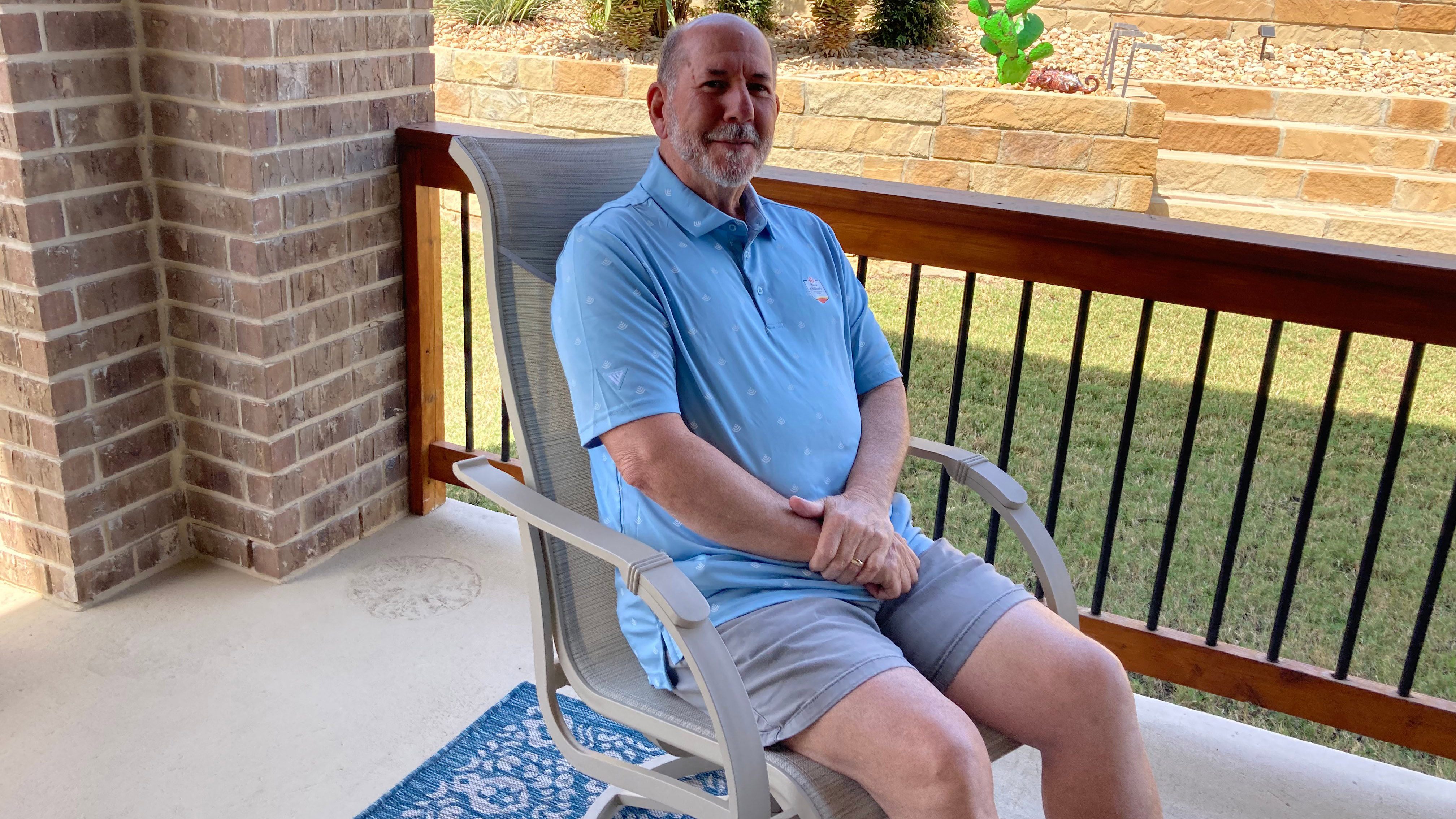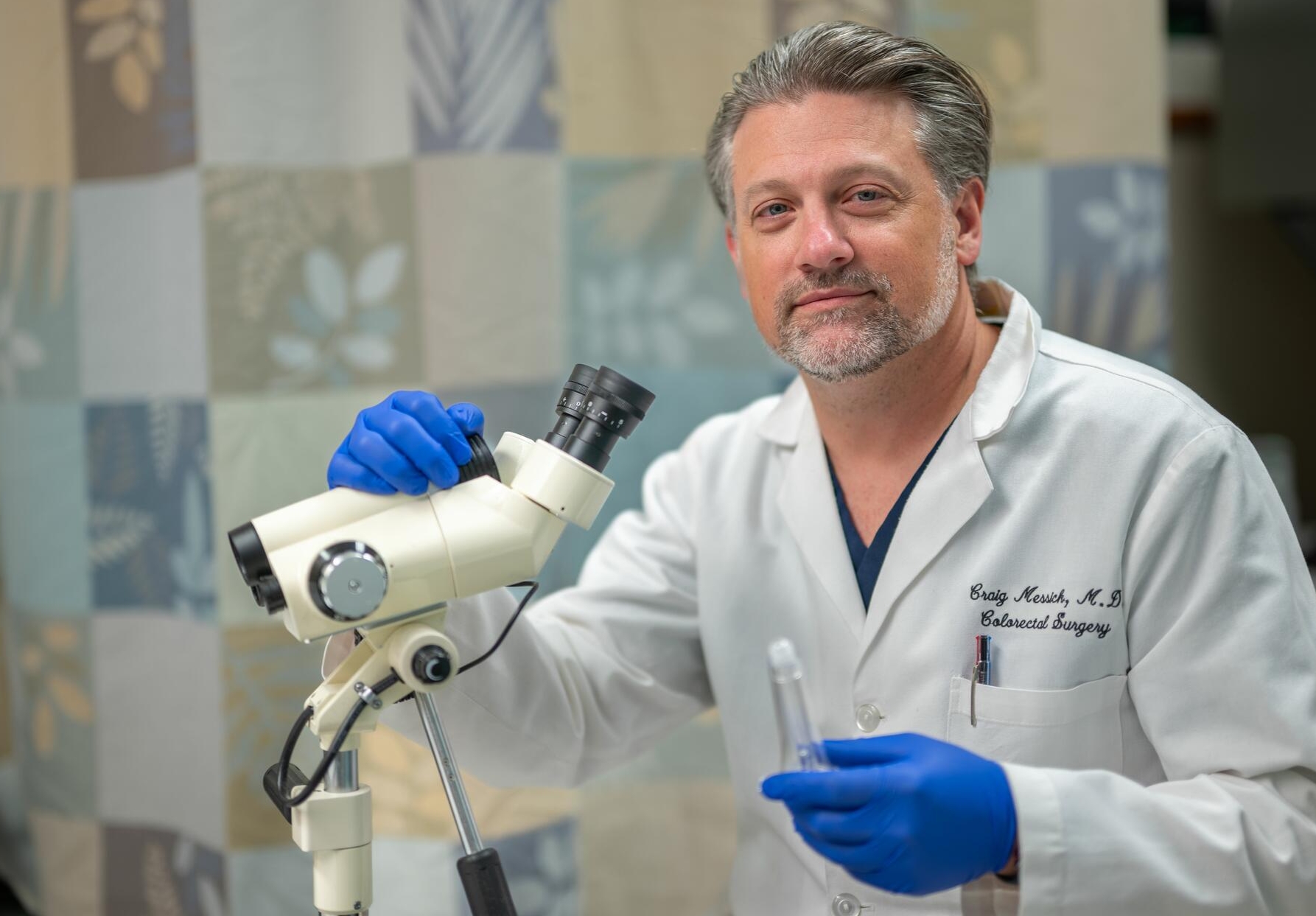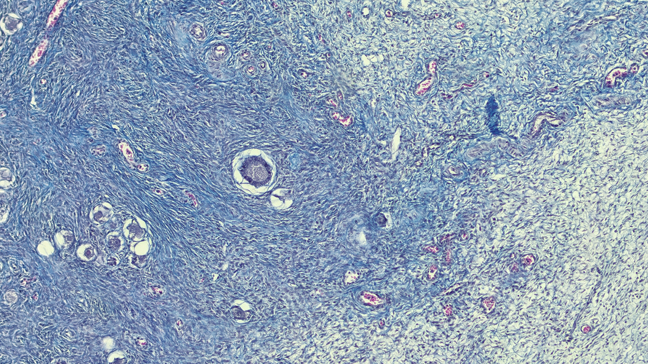- Diseases
- Acoustic Neuroma (16)
- Adrenal Gland Tumor (24)
- Anal Cancer (70)
- Anemia (2)
- Appendix Cancer (18)
- Bile Duct Cancer (26)
- Bladder Cancer (74)
- Brain Metastases (28)
- Brain Tumor (234)
- Breast Cancer (726)
- Breast Implant-Associated Anaplastic Large Cell Lymphoma (2)
- Cancer of Unknown Primary (4)
- Carcinoid Tumor (8)
- Cervical Cancer (164)
- Colon Cancer (168)
- Colorectal Cancer (118)
- Endocrine Tumor (4)
- Esophageal Cancer (44)
- Eye Cancer (36)
- Fallopian Tube Cancer (8)
- Germ Cell Tumor (4)
- Gestational Trophoblastic Disease (2)
- Head and Neck Cancer (14)
- Kidney Cancer (130)
- Leukemia (342)
- Liver Cancer (50)
- Lung Cancer (286)
- Lymphoma (278)
- Mesothelioma (14)
- Metastasis (30)
- Multiple Myeloma (100)
- Myelodysplastic Syndrome (60)
- Myeloproliferative Neoplasm (6)
- Neuroendocrine Tumors (16)
- Oral Cancer (102)
- Ovarian Cancer (178)
- Pancreatic Cancer (160)
- Parathyroid Disease (2)
- Penile Cancer (14)
- Pituitary Tumor (6)
- Prostate Cancer (150)
- Rectal Cancer (58)
- Renal Medullary Carcinoma (6)
- Salivary Gland Cancer (14)
- Sarcoma (238)
- Skin Cancer (300)
- Skull Base Tumors (56)
- Spinal Tumor (12)
- Stomach Cancer (66)
- Testicular Cancer (28)
- Throat Cancer (92)
- Thymoma (6)
- Thyroid Cancer (100)
- Tonsil Cancer (30)
- Uterine Cancer (86)
- Vaginal Cancer (18)
- Vulvar Cancer (22)
- Cancer Topic
- Adolescent and Young Adult Cancer Issues (22)
- Advance Care Planning (12)
- Biostatistics (2)
- Blood Donation (18)
- Bone Health (8)
- COVID-19 (360)
- Cancer Recurrence (120)
- Childhood Cancer Issues (120)
- Clinical Trials (628)
- Complementary Integrative Medicine (22)
- Cytogenetics (2)
- DNA Methylation (4)
- Diagnosis (238)
- Epigenetics (6)
- Fertility (62)
- Follow-up Guidelines (2)
- Health Disparities (14)
- Hereditary Cancer Syndromes (128)
- Immunology (18)
- Li-Fraumeni Syndrome (8)
- Mental Health (122)
- Molecular Diagnostics (8)
- Pain Management (62)
- Palliative Care (8)
- Pathology (10)
- Physical Therapy (18)
- Pregnancy (18)
- Prevention (936)
- Research (390)
- Second Opinion (78)
- Sexuality (16)
- Side Effects (616)
- Sleep Disorders (10)
- Stem Cell Transplantation Cellular Therapy (216)
- Support (408)
- Survivorship (328)
- Symptoms (182)
- Treatment (1788)
Active surveillance versus treatment for prostate cancer: Weighing your options
BY Molly Adams
3 minute read | Published April 14, 2021
Medically Reviewed | Last reviewed by an MD Anderson Cancer Center medical professional on April 14, 2021
Prostate cancer treatment options can include surgery, radiation therapy and hormone therapy. But some men are candidates for active surveillance – also known as “watchful waiting.”
Prostate cancer patients on active surveillance have routine appointments with their care team to monitor the prostate cancer. By choosing active surveillance, many men are able to avoid some negative side effects of treatment, and to maintain their quality of life.
To better understand active surveillance and which men should consider this option, we spoke with Justin Gregg, M.D. Here’s what he shared.
Who should choose active surveillance instead of prostate cancer treatment?
If you’re diagnosed with prostate cancer, the next step is to determine how likely it is to spread in the future. Using results from a digital rectal exam, a prostate-specific antigen (PSA) test and the Gleason Grading System, your doctor will determine if you have a low risk, intermediate risk or high risk of the cancer spreading.
Low-risk prostate cancer patients are typically the best candidates for surveillance since the disease is very unlikely to spread in the future.
But some patients may worry the cancer may spread without active treatment. Typically, the cancer is closely monitored, and delayed treatment can be offered (before the cancer has spread) if signs of progression are present. “Studies show that for men with low-risk prostate cancer, surveillance is very safe,” Gregg says.
If you have intermediate- or high-risk prostate cancer, surveillance may not be the best option, especially if you are healthy or have a higher risk tumor. In these cases, it may be better to seek treatment to slow disease progression, even if that means having to deal with side effects like incontinence or erectile dysfunction.
What does active surveillance for prostate cancer involve?
Patients on active surveillance typically have a checkup with their prostate cancer care team every six to twelve months. During these visits, they can undergo blood tests, physical exams, and diagnostic imaging, such as MRIs. This will help your care team monitor whether the tumor is growing.
Consider how treatment side effects will affect your quality of life
When deciding which treatment option is best for you, Gregg says quality of life should always be considered.
For example, prostate cancer surgery or radiation can affect your urination, and may lead to frequent need to urinate or leakage when you laugh or sneeze. Your ability to get an erection could also be affected.
“By choosing active surveillance, many men don’t have to deal with the side effects that come from other treatments,” Gregg says.
Prostate cancer treatment may be necessary after active surveillance
Gregg cites long-term studies that show many men with low-risk prostate cancer can remain on active surveillance for a number of years without requiring treatment, while many ultimately do not end up getting treated all. But if a routine surveillance checkup shows elevated PSA levels or if the tumor is growing, your doctor may suggest further studies or more aggressive treatment.
“If there are signs of progression, then we have a new conversation,” Gregg says. Before you decide to go forward with other treatments, you and your doctor will discuss each option, including the benefits and any potential risks.
Treatment options typically are surgery to remove the prostate or radiation therapy. You may also get hormone therapy along with radiation therapy. Side effects and eligibility for each treatment can vary by patient, and choosing between surgery and radiation is often an individualized decision.
Standard options for high-risk prostate cancer can include a combination of surgery, radiation therapy, and/or hormone therapy.
For some patients, clinical trials may also be an option to test new therapies or new combinations of existing therapies. “I try to give my patients as much guidance as I can when they’re deciding their next steps so they can make the decision that’s best for them,” Gregg says.
Request an appointment at MD Anderson online or by calling 1-844-885-9665.

Many men live a long, healthy life with prostate cancer.
Justin Gregg, M.D.
Physician





